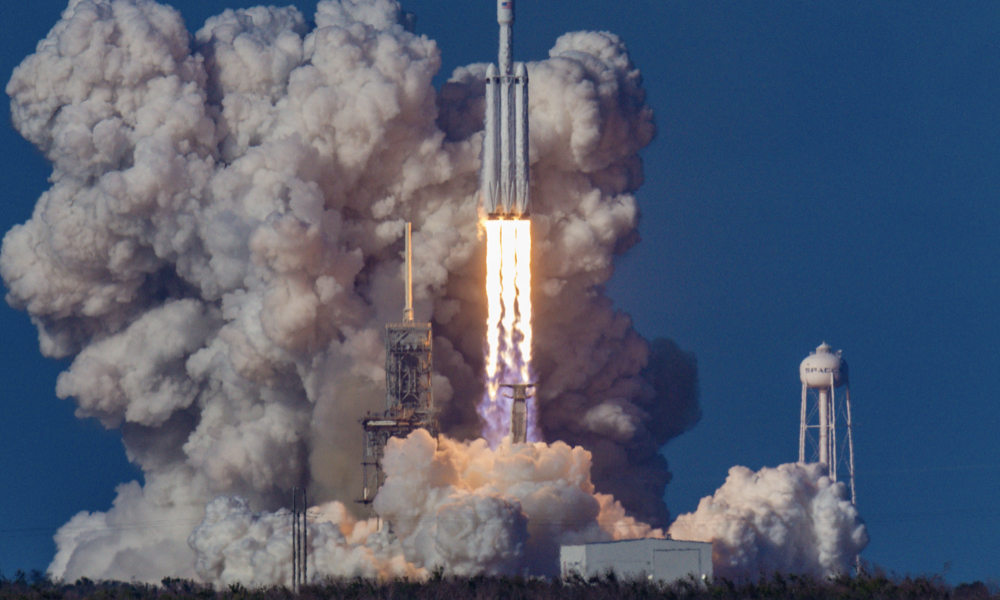
ESA Open Invitation to Tender AO10081
Open Date: 06/04/2020
Closing Date: 02/06/2020 13:00:00
Status: ISSUED
Reference Nr.: 19.1EP.12
Prog. Ref.: Technology Developme
Budget Ref.: E/0901-01 – Technology Developme
Special Prov.: BE+DK+FR+DE+IT+NL+ES+SE+CH+GB+IE+AT+NO+FI+PT+GR+LU+CZ+RO+PL+EE+HU
Tender Type: C
Price Range: 200-500 KEURO
Products: Satellites & Probes / System Engineering Software / Environment Models and Computational Tools / Radiation belts, Solar energetic particles, Galactic cosmic rays, ¿
Technology Domains: Spacecraft Environments and Effects / Environment Effects / Effects Analysis Tools
Establishment: ESTEC
Directorate: Directorate of Tech, Eng. & Quality
Department: Electrical Department
Division: Power Systems, EMC & Space Environ.Div
Contract Officer: Seynaeve, Christophe Rene R.
Industrial Policy Measure: N/A – Not apply
Last Update Date: 06/04/2020
Update Reason: Tender issue
One of the key disturbances to the test masses in space gravitational wave detectors and other free-fall experiments is the electrostatic charge induced in them through interactions with penetrating charged particles and their secondaries. The masses are normallybehind heavy shielding and as charged particles penetrate, they slow, scatter and create a range of secondary particles through a variety of physical processes. As a consequence, the accurate tallying of the net charge is a complex and difficult problem. The finaleffect also depends on the size and chemical composition of the test mass employed. An open toolkit will be developed to make 3D simulations of the penetration of cosmic ray ions, solar energetic particles and interplanetary electrons using full description of the geometry and materials surrounding the test masses, including the spacecraft. A rigorous investigation will be made of the completeness of the relevant interaction physics implemented in Geant4 which will be used as the basis for the development. Expected improvements include, for example, the low energy electron-photon cascade physics resulting from very high energy CR proton atomic and nuclear interactions. The test mass size and composition effects shall be considered such that test masses of arbitrary dimensions canbe analysed. Estimates of the charging were made for LISA Pathfinder based on Geant4 and Fluka. The operation of the LPF charge management system provides information on the nature and extent of the charging, and the on-board radiation monitor measures the penetrating particle flux, allowing comparison with the predictions. This evaluation of the in-space behaviour will provide a partial validation of improved tools. The toolkit will also allow for input of LPF radiation monitor and other space radiation environment data ormodels, and provide as an output test mass charges and internal particle fluxes.
If you wish to access the documents related to the Invitation to Tender, you have to log in to the ESA Portal.
